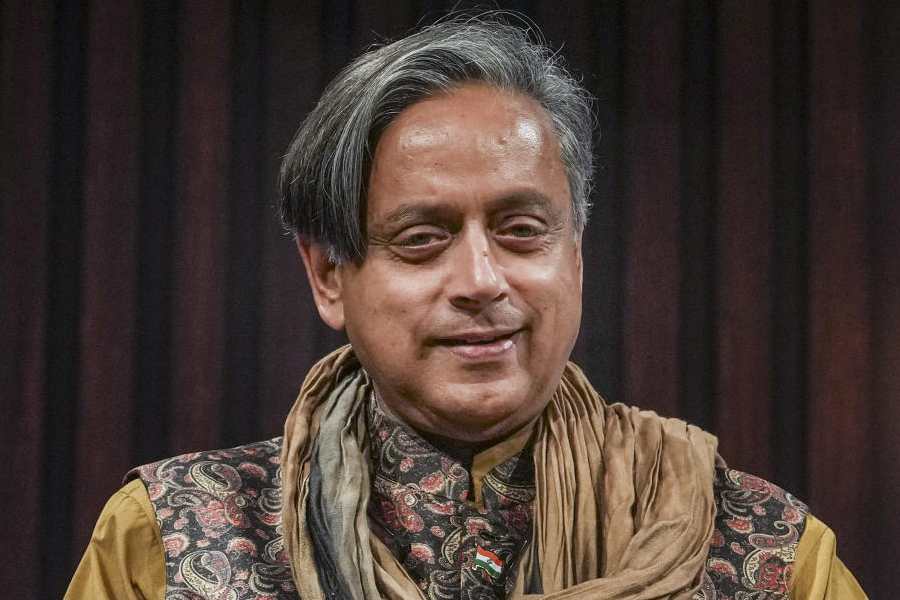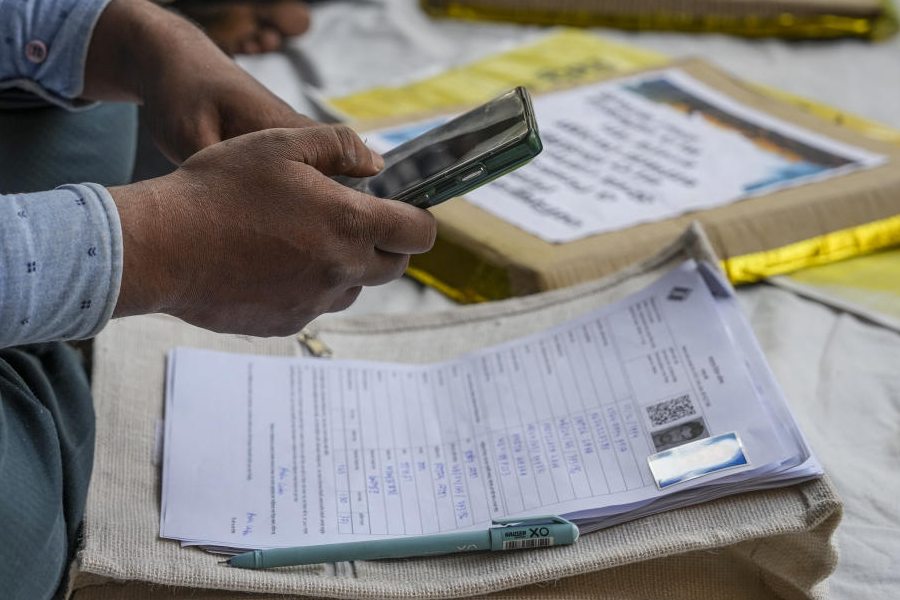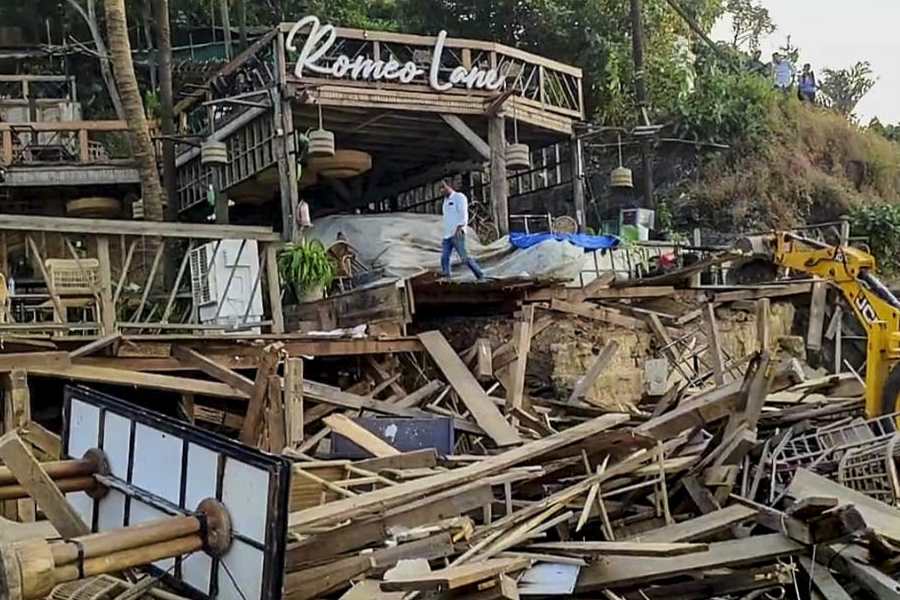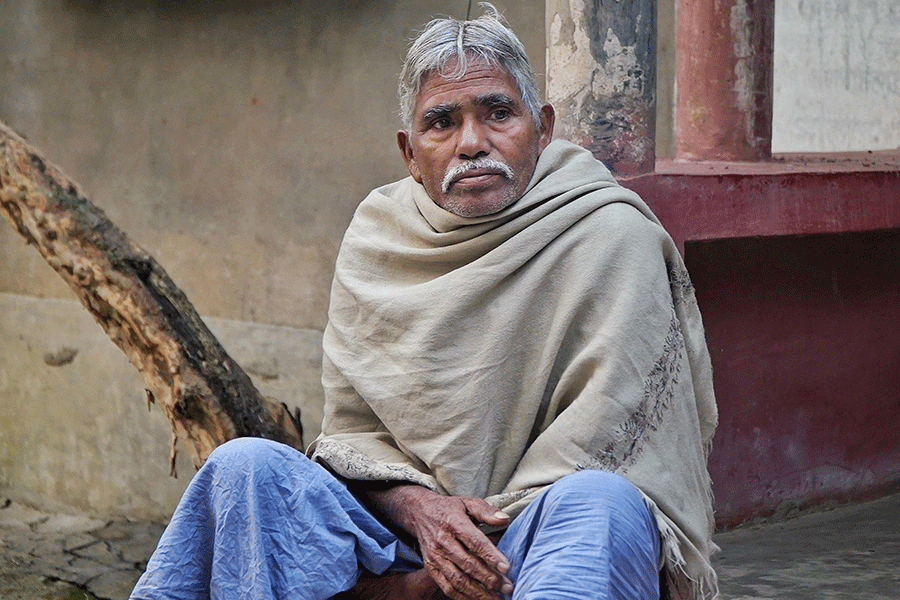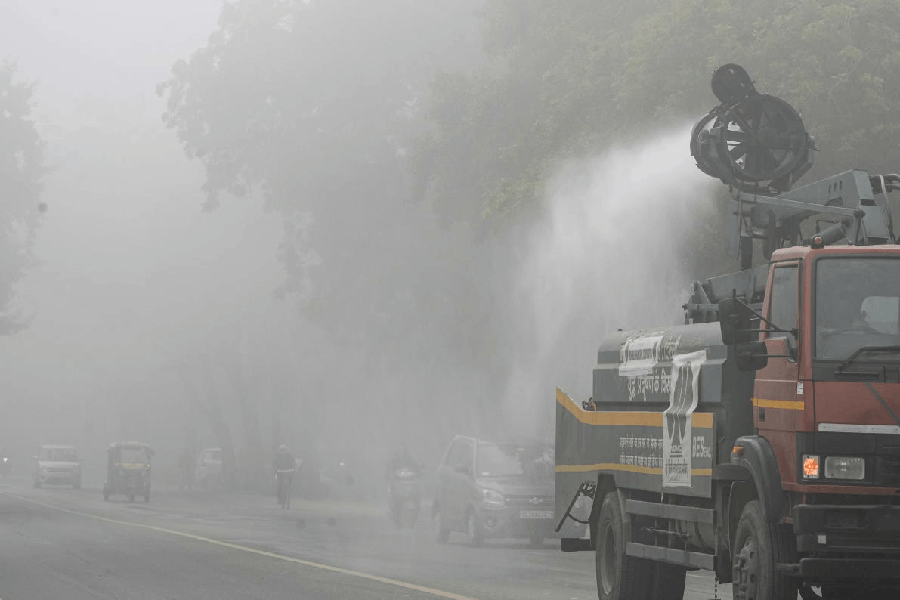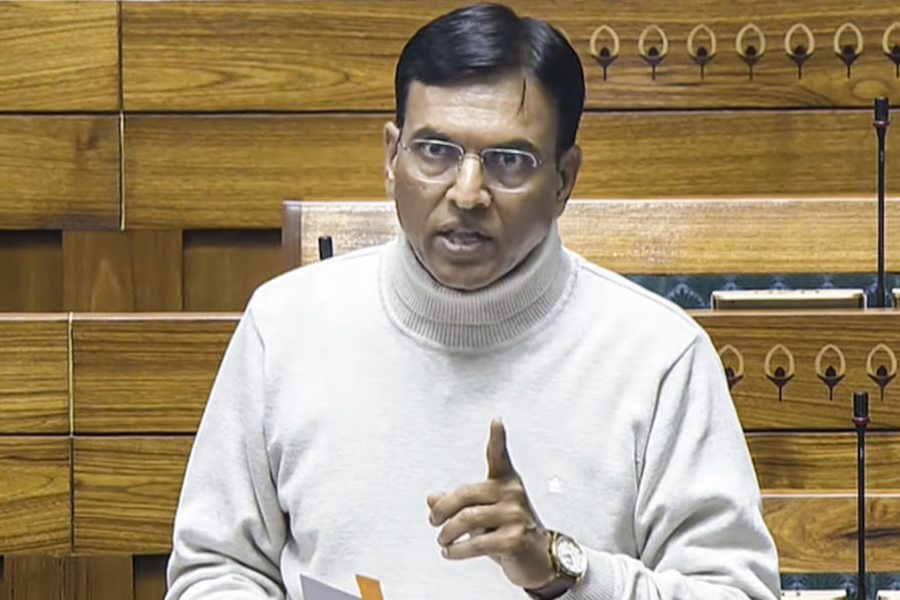 |
 |
| (Top) Tingvom village in Dzongu; and tourists at a villager’s house in Dzongu |
Gangtok, Dec. 27: A protected reserve of the Lepchas in North Sikkim is slowly opening up to village tourism with a visit from a royal entourage from Norway last week giving a much-needed boost to the concept.
The picturesque Dzongu, 70km from here, with the Kanchenjungha range in the backdrop and the Teesta flowing through it, is a place where visitors can enjoy solitude, breathe fresh air, relish organic food and get acquainted with the Lepcha culture.
Every hill and stream in the villages of Dzongu have their own stories passed on by the Lepchas orally. Narration of these generation-old tales to the tourists forms an integral component of tourism.
Although the concept of village tourism, popularly known as homestays, was introduced in the area few years ago, the idea has recently caught the interest of the Travel Agents’ Association of Sikkim (TAAS), the apex body of tour operators in the state.
In this sort of tourism, visitors put up at village homes to get a taste of local culture and ways of life.
The association has adopted Dzongu and will be promoting village tourism based on the Lepcha culture and organic lifestyle for high-end visitors and impart tourism know-how to local stakeholders.
A TAAS team including president Lukendra Rasaily, deputy director of the tourism department Devika Gurung, and Sikkim branch manager of Northeastern Development Financial Corporation Limited Prajwal Gogoi went on a daylong tour in Dzongu on Friday during which they visited the stakeholders.
Last week, a five member royal entourage from Norway with crown prince Haakuw, crown princess Mette Macit, and their children stayed at a home at Passindang village in Dzongu for three days.
“The royal family was delighted with the beauty and peace of the place. It was an honour for the tourism industry of Sikkim to host them. They have promised to return next year with a bigger delegation,” said Sonam Norgay Lachungpa, owner of Galaxy Tours and Travels, the agency that conducted the trip of the Norway royal family. Lachungpa is also the general secretary of TAAS.
The royal family accompanied by six bodyguards stayed in an accommodation run by a local youth, Gyatso Lepcha.
“They wanted undisturbed natural surroundings. They spent their time going on short treks and visiting the Teesta river. They also wanted to know about the local culture,” he said. To enter Dzongu a domestic tourist has to get permission from the district administration of North Sikkim.
Martin Koskin, a teacher from Sydney, was also on a five-day trip at Passingdang. “I wanted to spend some time in the mountains. Dzongu is very peaceful and completely different from other hilly areas. The people here are very hospitable and friendly,” he said. The TAAS team visited Phidang, Hee-Gyathang, Lingdom, Naom, 6th Mile and Tingvom in Dzongu and interacted with the local families who have started putting up visitors at homes.
“We have good horticulture and organic products to offer to the tourists. While the foreign visitors are generally interested in the Lepchas, the domestic tourists want to experience the village life,” said Ugyen Paljor Lepcha who has an accommodation for tourists at Hee-Gyathang.
“We have adopted Dzongu because it is an area with minimum concrete structures. We want to develop tourism here according to the local lifestyle,” said Rasaily. He added that Dzongu is an ideal destination to promote village tourism and the travel agents’ association will assist the local initiatives there.
TAAS adviser S.K. Pradhan said the association would market Dzongu and conduct tourism etiquette training programmes for the local people. “We will also highlight Dzongu in our website,” he said.
Lachungpa has asked the local people not to encourage concrete constructions in the area. “Tourists don’t want to see massive structures or modern lifestyle. They are more interested in enjoying village life with the local community.”


